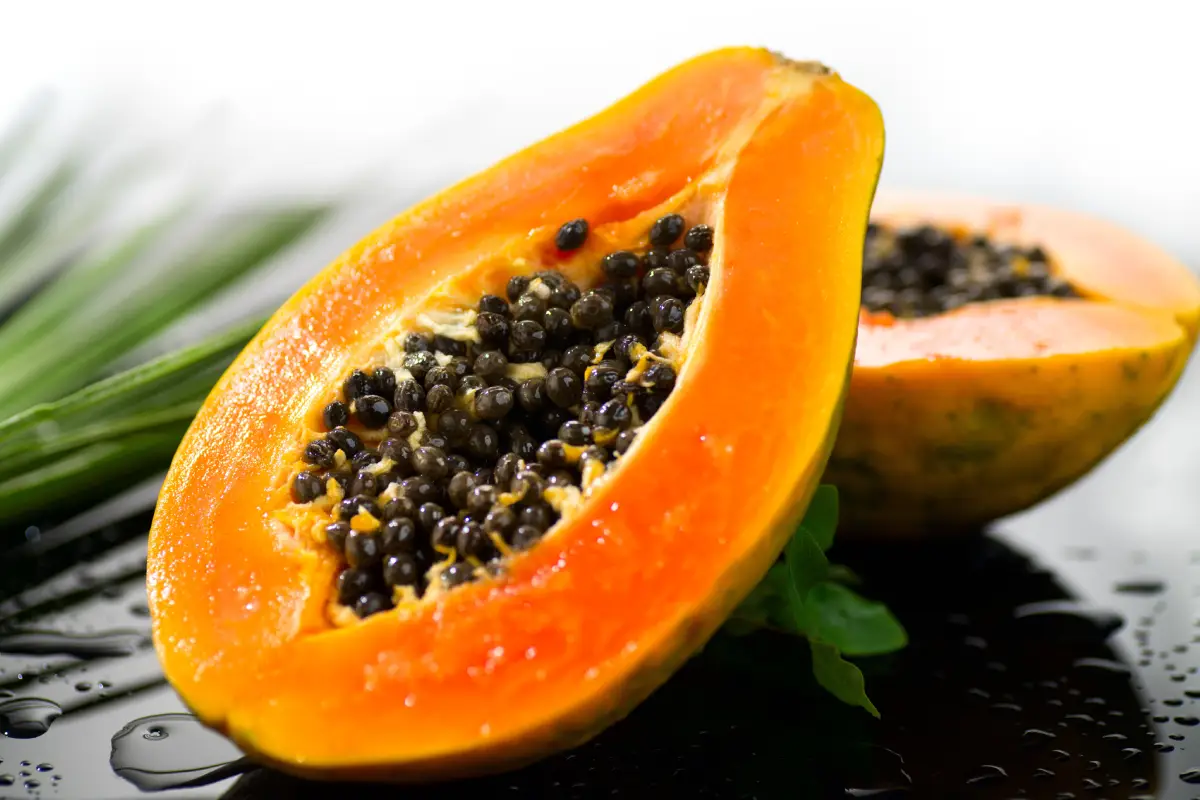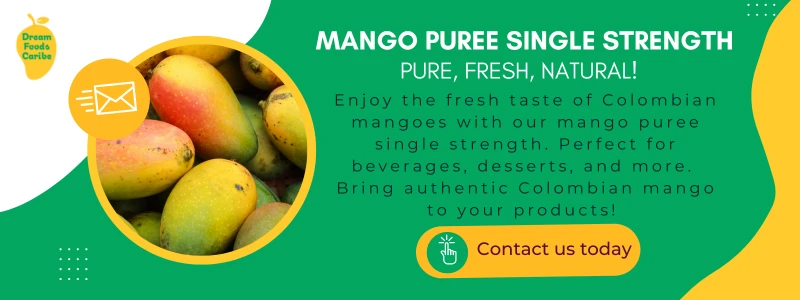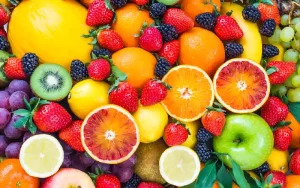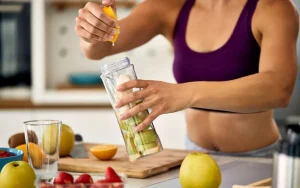Since the time of the Mesoamerican civilizations, people have been cultivating and consuming papaya fruit, which is native to Central America. The Mayans and Aztecs valued this fruit for its nutritional and medicinal properties (Pharmacius, 2023).
Subsequently, with the arrival of Europeans in America, it spread around the world and adapted to tropical and subtropical climates (Europeana, n. d.). Thanks to its ease of cultivation and multiple uses, it became one of the most popular exotic fruits.
Uses of papaya fruit in the food industry
The food industry uses this fruit in various ways. It contains a proteolytic enzyme called papain, used as a meat tenderizer, in beer production, and as a digestive supplement (Europeana, n. d.).
Moreover, its sweet and juicy pulp is very much appreciated in the production of juices, purees, and concentrates, as is the case with citrus fruits. Papayas are also used in jams, jellies, pastry fillings and dried fruits.
Over the course of time, different varieties have developed. Thus, you can choose between different types of fruit depending on the result you want to achieve:
- Hawaiian: it is a small fruit (up to 1 kilo in weight), with an orange color and intense sweetness.
- Mexican: it can weigh up to 5 kilos per piece. The pulp is yellow, and its flavor is milder.
- Mountain: from the Andes, it is a fruit with firm flesh and low sweetness.
Papaya fruit: best practices for industrial processing
Above all, the food industry needs to comply with a series of standards to guarantee the safety and quality of its products. In this sense, it is essential to consider some practices for the correct processing of this fruit.
Fruit selection
It should be harvested at optimum ripeness, as unripe fruits do not develop their full flavor. And if they are overripe, they can spoil quickly. In addition, it is essential to select pieces without physical damage.
Washing and disinfection of papaya fruit
Before processing, it is crucial to wash and disinfect the fruit to remove any residues of pesticides, soil, or pathogenic microorganisms. It is possible to use chlorine solutions or peracetic acid for this purpose.
Peeling and pulping
The various types of fruits undergo specific processes to turn them into puree. In the case of papayas, the technique is to peel them and remove its pulp manually or by specialized machinery. Furthermore, the resulting pulp must be inspected to ensure that it is free of impurities.
Correct packaging
To obtain a quality product, it is important to package the puree under hygienic conditions and in suitable materials that protect it from light, oxygen, and moisture. Vacuum or modified atmosphere packaging is useful to extend the shelf life of the processed fruit.
Pasteurization
This industrial process extends the shelf life of purees and ensures their safety. Pasteurization eliminates pathogenic microorganisms without significantly affecting the taste or nutrients of the fruit. In summary, papayafruit is a versatile ingredient that is highly valued in the global food industry. Consider incorporating it into your products to diversify your commercial proposition and enhance your offerings.
Bibliographic references
- Europeana. (n.d.). Papaya: la fruta de los ángeles.
- Infobae. (2024, January 10). Para qué sirve la papaya y cuáles son sus beneficios para la salud.
- Pharmacius. (2023, September 2). La papaya: propiedades y para qué sirve.







